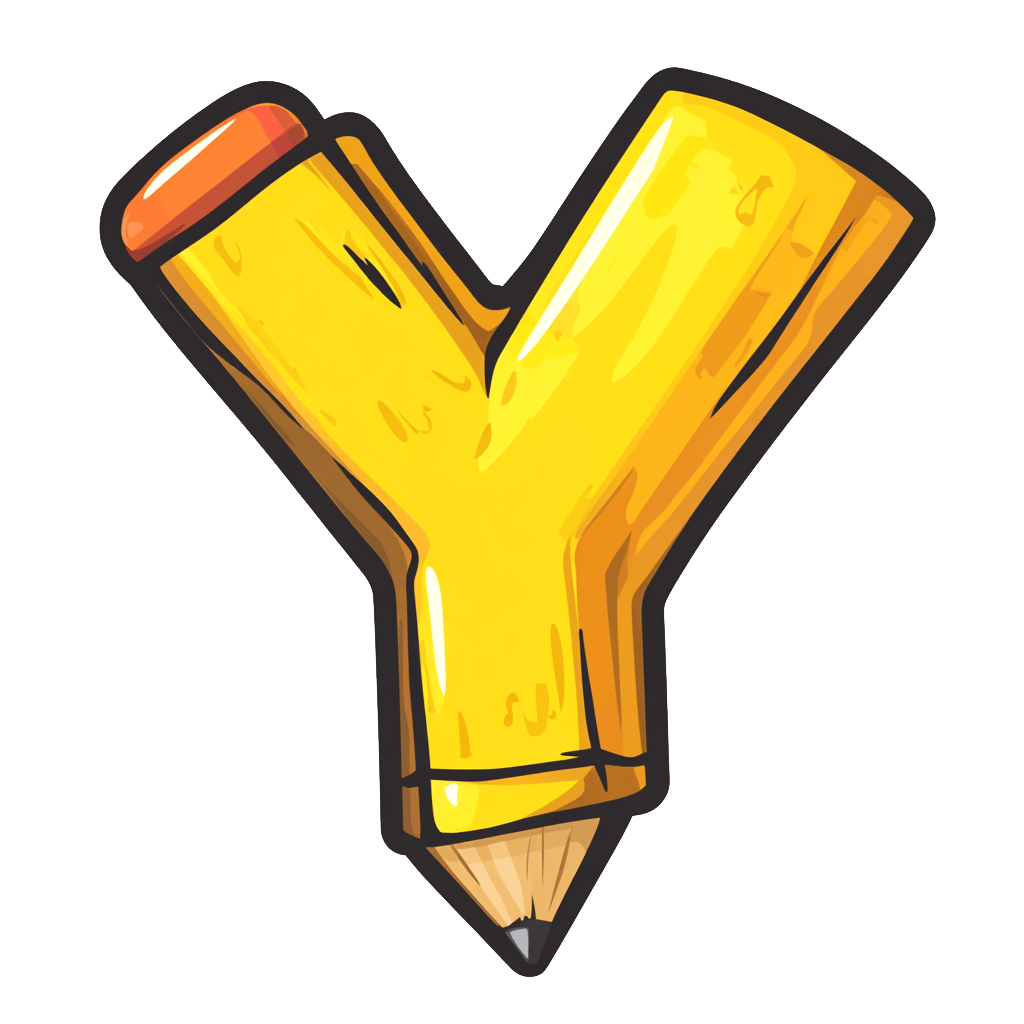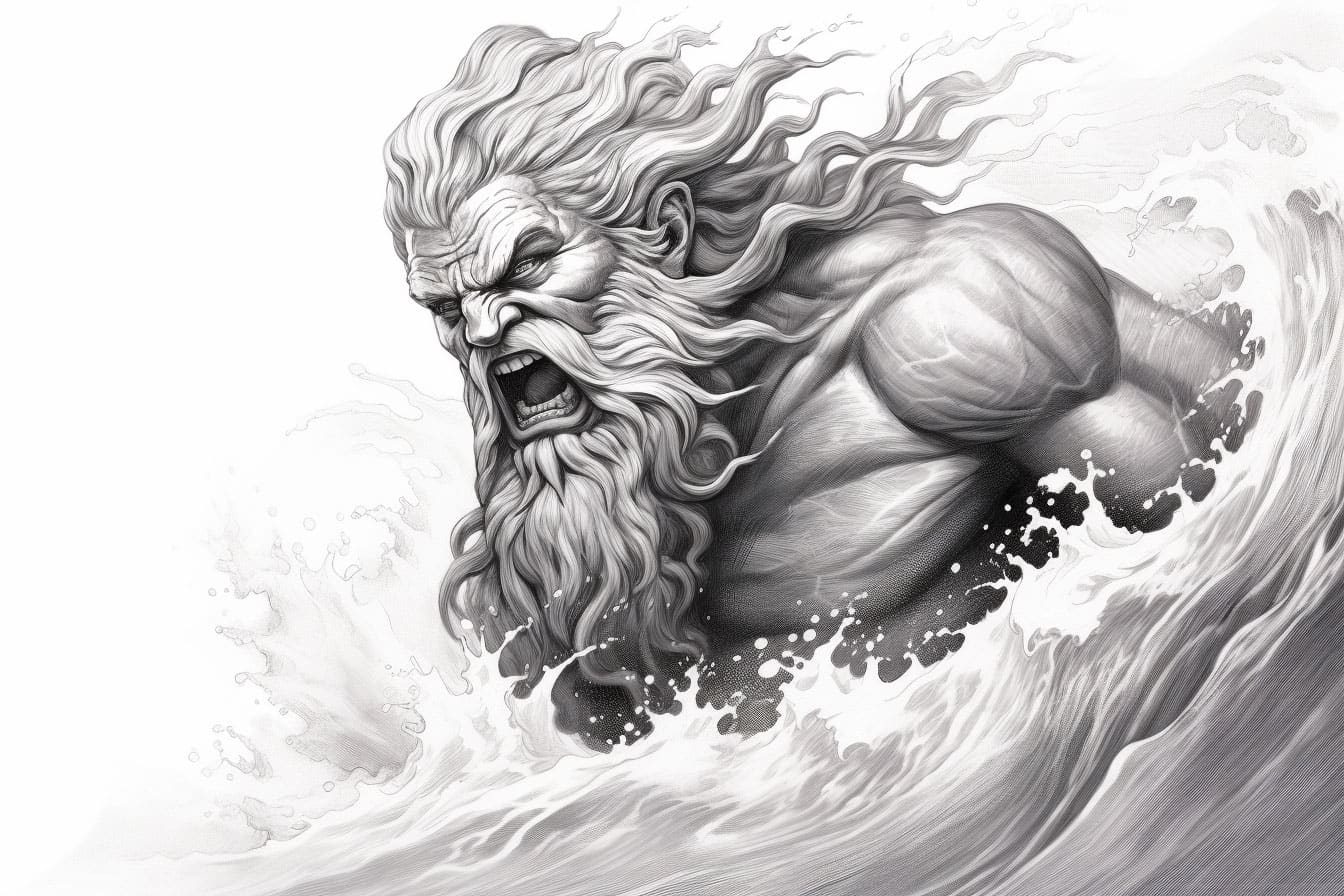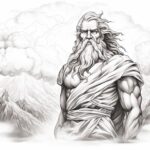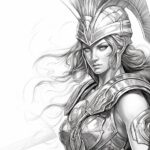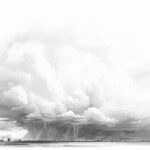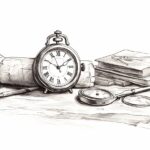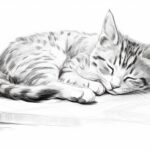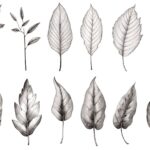Why do we always draw Poseidon angry? Been thinking about this while sketching studies.
The Greeks actually saw him as pretty complex. Not just the rage of storms, but the calm of still waters too. Started doing some research on drawing Poseidon and fell into a fascinating rabbit hole about Greek mythology.
Did you know he was also the god of horses? Makes those waves look different when you think of them as white horses charging to shore. Been practicing drawing that transformation – from wave to horse. It’s all about capturing that moment of change.
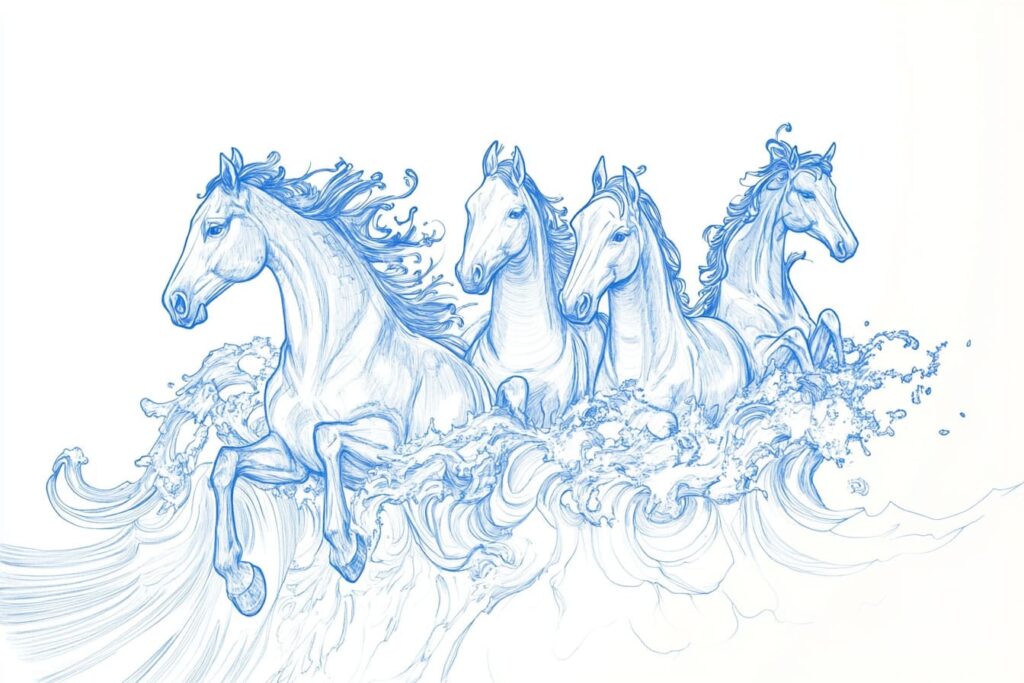
Getting the movement right in flowing robes is tricky. Water and fabric share some interesting properties when you really look at them. Nature repeats its patterns.
Spent last weekend at the maritime museum. The old ship figureheads taught me something about dramatic poses. Those carvers really understood how to make wood feel alive.
Your trident should never look stiff. Think of it as an extension of the arm, like how a conductor’s baton flows with the music. Movement starts from the shoulder, not the wrist.

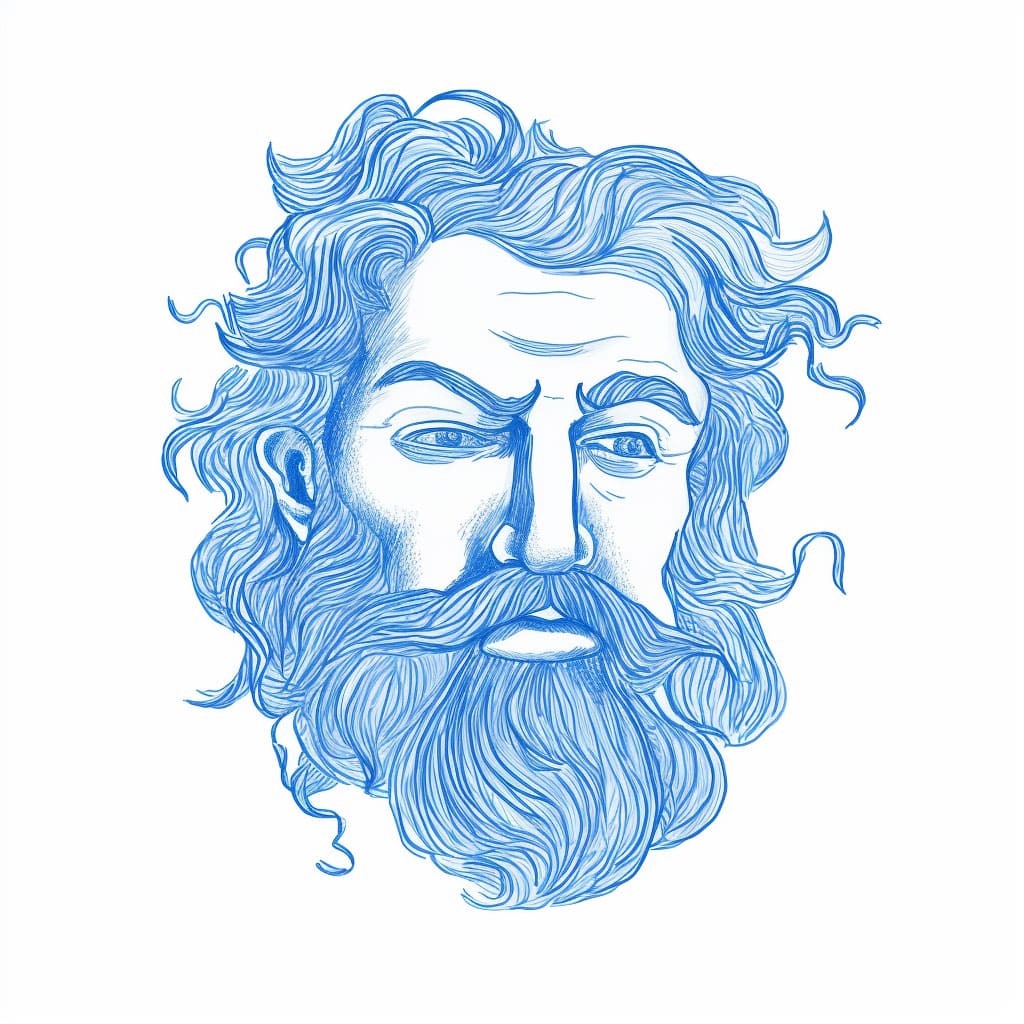
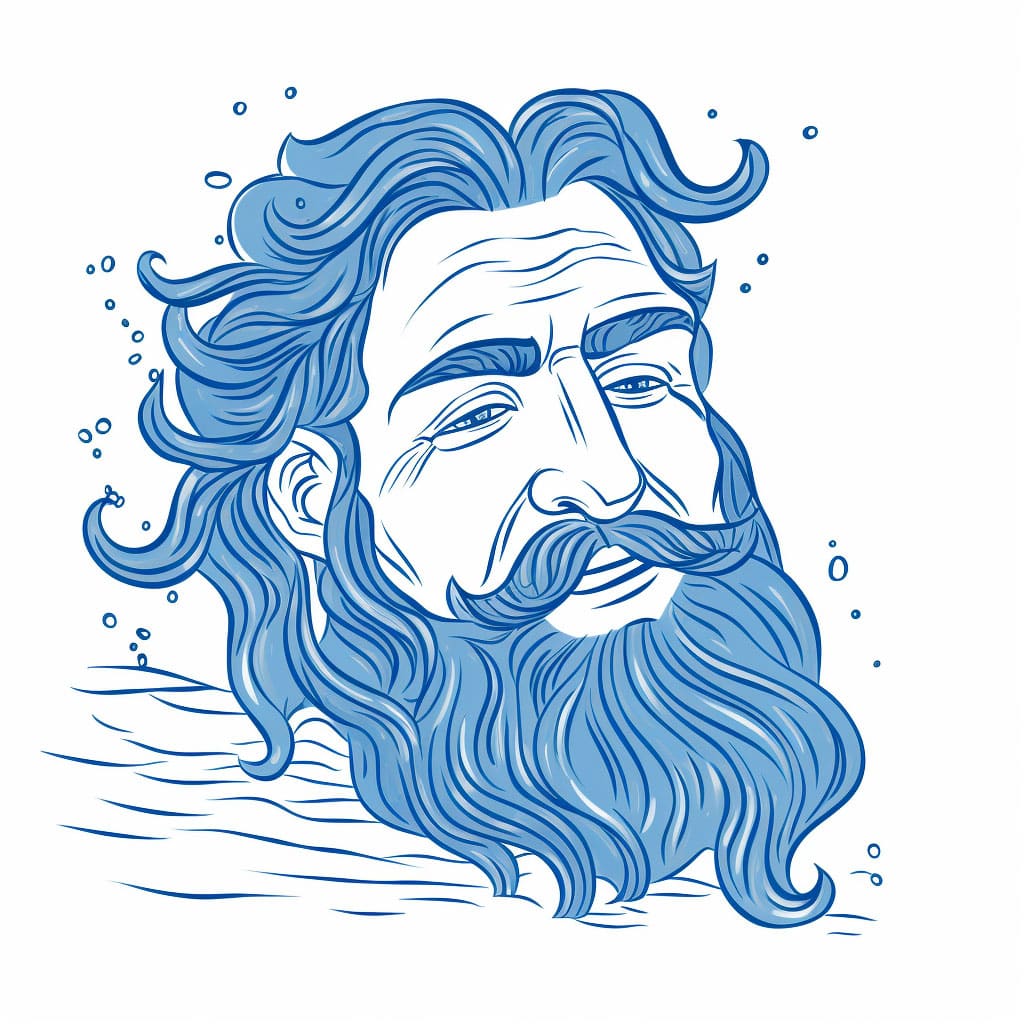
Found this fascinating book about ancient Greek sculpture. The way they handled wet drapery – that’s going to change how I approach these studies. They understood that wet fabric reveals and conceals at the same time.
Three things I learned about drawing wet fabric:
- Start with the body underneath
- Think in terms of weight, not just folds
- Water makes fabric cluster and cling
The Greeks understood anatomy so well. But they also knew when to exaggerate for effect. That’s the real lesson here. Perfect proportion isn’t always the answer.
Been experimenting with different poses. A calm Poseidon is actually harder to draw than an angry one. Serenity is trickier than rage.
My sketchbook is full of tridents now. The neighbors probably think I’m obsessed with forks. But each sketch teaches me something new about line weight and flow.
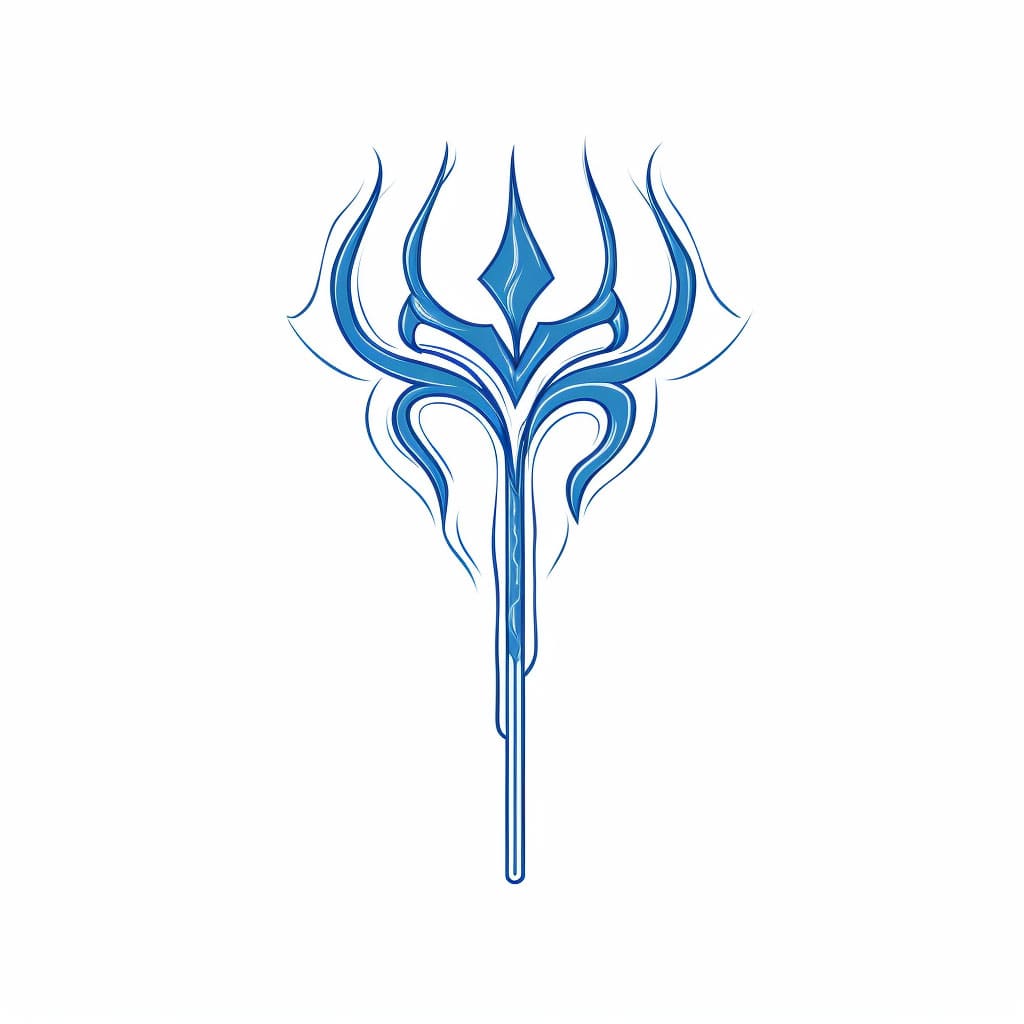
Watched some documentaries about ocean waves while drawing. There’s this moment just before a wave breaks – that’s Poseidon’s power right there. That’s what we should be capturing.
The beard is important. Not just as a feature, but as a design element. It should flow like seaweed in current. Sometimes I practice just drawing beards in wind.
Drawing gods is really about drawing power. How do you show divine strength without just making muscles bigger? It’s in the eyes. The stance. The presence.
My coffee got cold while I was working on these studies. Probably Poseidon’s revenge for that first sketchy attempt at his trident.
Tomorrow I’ll post about my technique for drawing water reflections. But for now, back to practicing those wave-to-horse transformations. There’s something there I haven’t quite captured yet.

